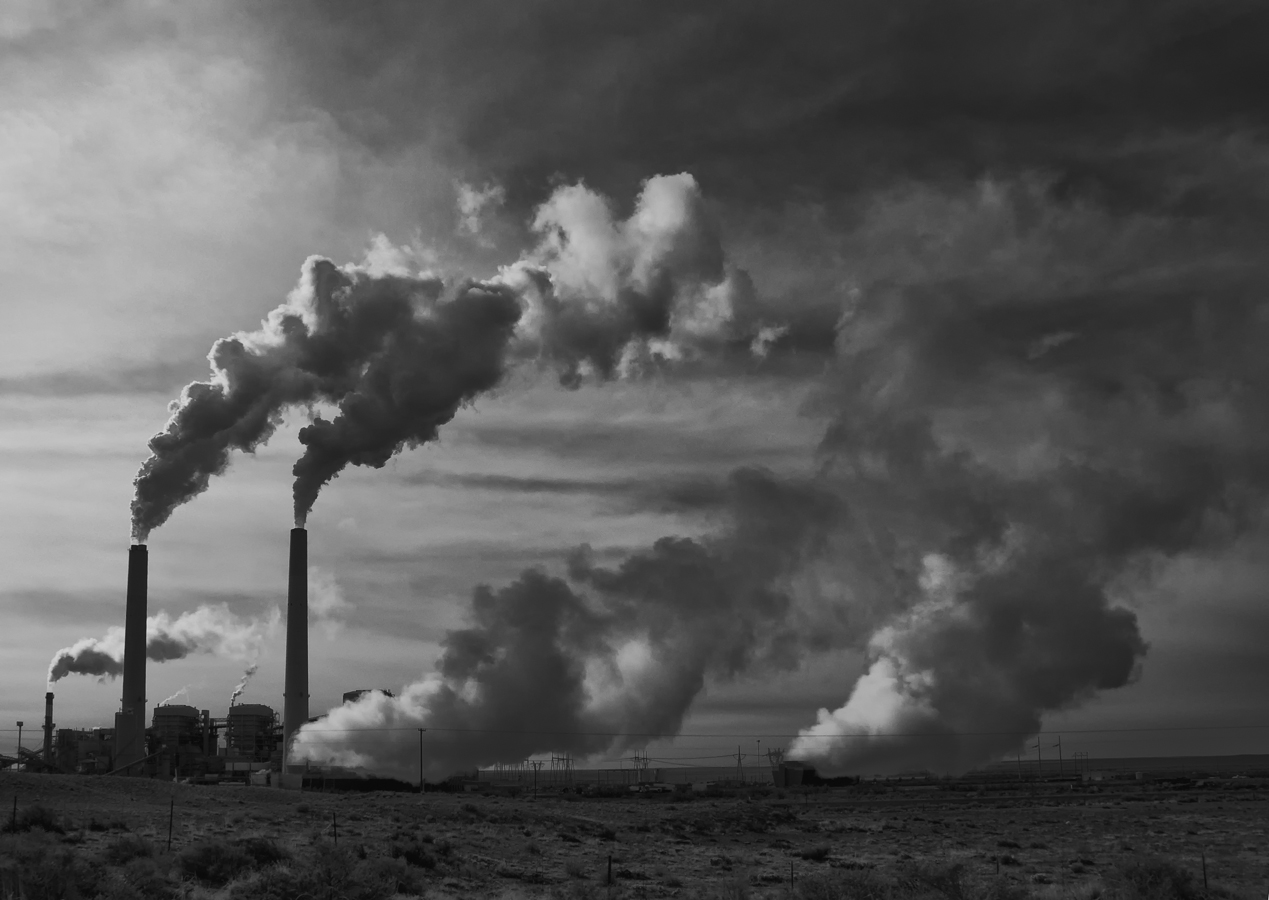
With the start to the U.N. Paris Climate Change Conference less than a month away, friction between involved parties has climbed. Less developed countries have been unwilling, unable, or noncommittal to following ambitious proposals from leading economies. Governments from Southeast Asia, Africa, and Eastern Europe alike have demanded increased foreign investment into renewable energy projects if they are to meet the ambitious targets likely to be implemented in Paris. The rationale behind their demand is that more developed countries are better able to meet the challenge and, historically, are more responsible for creating the problem.
The dramatic changes in world order over the past two decades throw the energy crisis into stark relief. In 1992, the U.N. Environment & Development Conference in Rio began the modern climate discussion. Since 1992, China’s GDP has grown by 1,167%. It has also almost tripled its per-capita energy consumption and increased its per-capita CO2 emissions by more than threefold according to the World Bank. Alarming analysts, however, is not so much the past, but the expansion in world energy capacity that is certain to come in the future decades.
India represents the paradox of calls for carbon reduction amid rapidly increasing demand. Currently, India averages only 1.7 tons of carbon emission per capita, compared to the US world-leading 17 tons/capita. However, more Indian citizens live without electricity access than there are American citizens in total.
As the Indian government gears up for an unprecedented scaling of its electrification, there are over 614,000 MW of planned coal installation across 572 proposed new power plants in some stage of development as of 2012. This is twice the current U.S. installed coal capacity according to sourcewatch.org and the E.I.A.
Power plants in developing countries are almost entirely state-funded, unlike developed countries, where private companies own the process. Private investors eager to sign onto U.S. projects hesitate to enter risky scenarios in developing countries with little history of political or economic continuity, resulting in the need for extensive state funds to build out the grid for its citizens. As such, the exorbitant costs of renewables are prohibitive.
Looking at India alone and ignoring the non-trivial technological and social issues of renewables, the costs of switching the current planned 614,000 MW of planned coal electricity to cleaner sources far exceeds the pitiful investment options available. Capital cost increases to switch India’s currently planned coal plants to a cleaner energy source range from one to four trillion dollars in necessary additional investment within immediate time periods, according to data extrapolated from E.I.A. statistics.
It has taken the United States over 120 years to develop an economy that is only 67% dependent on fossil fuels. If renewables are to replace fossil fuels by the required time scale, the system in which they do so must accelerate, as well.
The Paris Conference, to be truly impactful, must act to disrupt the current pace of development through tremendous capital investment into expanding energy markets. Otherwise, carbon emission trajectories in developing countries will continue on a scale too large for any reduction from established nations to resolve. The World Bank estimates the need for investment of over one trillion dollars a year until 2030 to meet current goals.
However, present green capital accessible to developing countries numbers in the billions. The Global Environment Facility, the U.N.’s financial entity enabling green capital projects, has invested only 9 billion over twenty years, by its own estimates. Furthermore, the private foreign investment that finances many U.S., U.K., and other developed countries is mostly unavailable due to risk concerns. In India alone, U.N. resources are more than 100-fold less than required to reduce carbon emissions by fuel-switching plants currently planned.
The lifetime of a power plant is roughly 40 years. Plants built within the next decade will still be emitting carbon in 2050, the date often targeted as the cutoff for potentially catastrophic consequences. The Paris Conference offers a remarkable opportunity for shifting the global climate change paradigm. However, without an immediate commitment to disruptive energy development through substantial international investment, as well as measures for unlocking private foreign capital, any resolutions will be hollow. The electricity demand cannot and will not be met with renewables under current economic options.